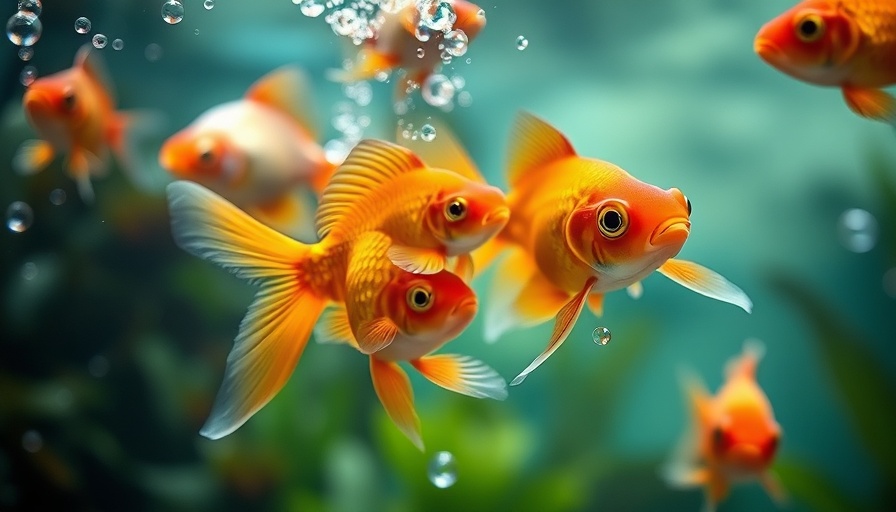
Understanding When It's Time to Consider Fish Euthanasia
As a pet owner, the idea of euthanizing a beloved fish can be heartbreaking. However, it's crucial to recognize that a fish's quality of life is paramount, just as it is with other pets. Terminal health conditions, severe trauma, or declining health may raise the difficult question of euthanasia. What's essential is that this decision be informed and compassionate, requiring a discussion between you and a qualified veterinarian.
The Signs of Suffering in Your Fish
Noticing changes in your fish's behavior can aid in assessing their well-being. Socialization is a significant indicator; fish are naturally social creatures, and if your pet is isolating, this may be cause for concern. For instance, schooling fish like goldfish and koi should be swimming with their companions. If a fish begins hiding or exhibiting less interest in their school, this may suggest a serious health issue.
Similarly, appetite is a vital sign of health. A fish that refuses to eat is likely experiencing severe illness. A veterinarian can guide you in determining the appropriate steps, whether that involves dietary changes or serious considerations for euthanasia.
The Importance of Veterinary Guidance in Euthanasia Decisions
Choosing euthanasia requires empathetic and informed guidance from veterinarians who specialize in fish care. As outlined by the American Veterinary Medical Association (AVMA), veterinary oversight is crucial to ensure the process is humane and adheres to established guidelines.
Acceptable Methods for Fish Euthanasia
The humane euthanasia of fish is governed by specific methods recognized by veterinary health organizations. It is essential to avoid improper practices such as freezing a fish or flushing it down the toilet, which can inflict unnecessary pain and suffering. Instead, approved methods, including the use of tricaine methanesulfonate (TMS) or professional sedatives like clove oil, provide safe and effective ways to alleviate a fish's suffering.
How Euthanasia is Performed by Vets
Generally, a veterinarian follows a two-step process in euthanizing a fish. Initially, they may administer an anesthetic that renders the fish unconscious. Following this, they will proceed with methods like pithing, which involves destroying brain tissue, or exsanguination, both of which ensure painless death. These procedures may seem daunting; however, they are conducted with care to minimize distress for both the fish and its owner.
Post-Euthanasia Considerations and Care
After a fish has been euthanized, pet owners can choose how to handle the remains. Options may include burial at home or cremation with a veterinary service. Should you choose burial, ensure to check local regulations regarding pet remains, as some areas may have specific rules to follow.
It’s also vital to have open communication with your veterinarian regarding these options. While the loss of a fish can be profound, ensuring a suitable farewell can help in the grieving process.
Conclusion: Making Informed Decisions for Pet Fish Health
The decision to euthanize a fish is never easy, but understanding when to take this step is vital for a quality pet experience. Consulting with veterinarians skilled in fish health is critical to navigate this emotional journey. As pet owners and enthusiasts, our role is to ensure the well-being of our fish, and when necessary, make the humane choice to let them go with dignity.
If you’re ever uncertain about your fish’s health, don’t hesitate to consult with a fish veterinarian. They can provide the guidance and resources needed to make the right choices for your beloved aquatic friends.
 Add Row
Add Row  Add
Add 


 Add Row
Add Row  Add
Add 

Write A Comment